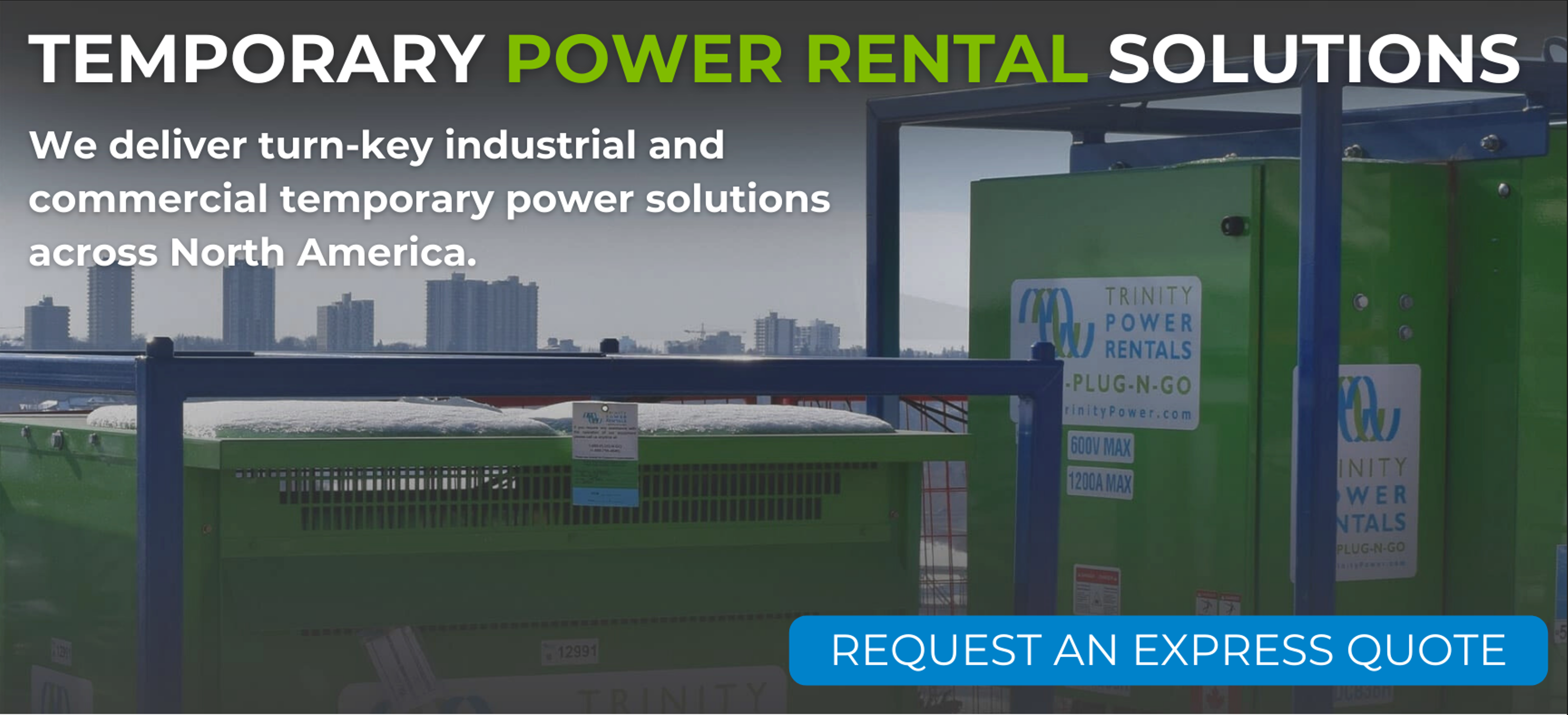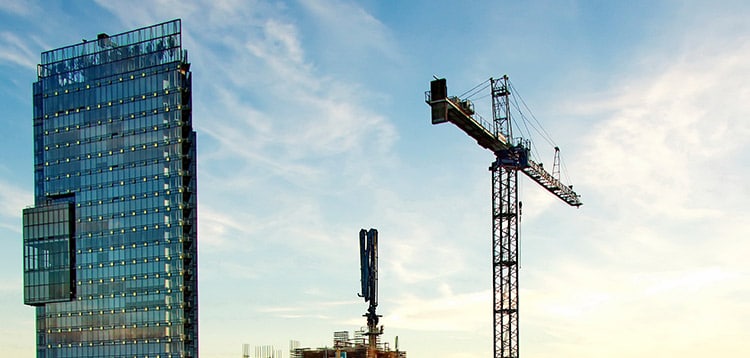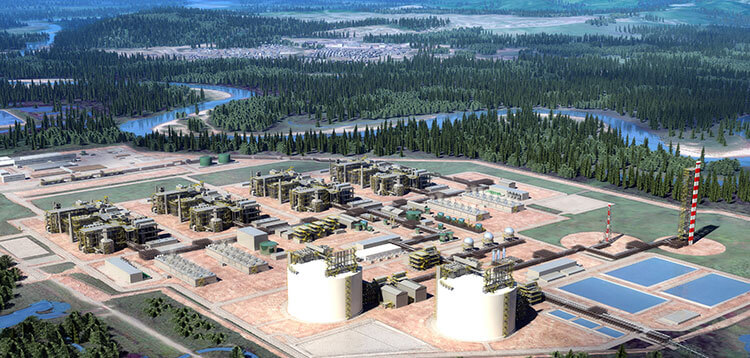- OUR APPROACH
-
COMMITTED TO YOUR SUCCESS
Our approach, developed over decades of experience, is fine-tuned to get the results you want.
We deliver concept-to-completion solutions, designed by temporary power specialists with access to the largest inventory of high-quality power generation and distribution equipment in North America.
-
- Equipment
-
RENTALS
From a wide range of diesel and natural gas generators to transformers, cable, light towers and more, our large rental fleet and extensive vendor network ensure we’ll have the temporary power equipment that your project requires — every time.

-
- Industries
-
INDUSTRIES WE SERVE
For nearly 20 years, we have been at work powering projects across Canada’s industrial sectors.
Select from this sampling of industries to learn how we can put our expertise to work for you.
VIEW ALL- Projects
- About
-
A PROUD HISTORY. A BRIGHT FUTURE.
From our inception in 1998, we have been building our team on a foundation of excellence. Our team members’ passion, expertise and commitment are what have allowed us to grow into a national company with projects across Canada.
Click on the links to learn more about our history, our team or our career opportunities.
- Blog
- Contact
-
Our Most Common Building Electrical System Upgrade Questions and Answers
Jun 29, 2021
The call came in at 5pm. Tom Murphy, one of Trinity’s temporary power specialists, remembers it well. A large grocery store’s switchgear had failed, and they needed their power restored within a matter of hours in order to avoid losing tens of thousands of dollars’ worth of refrigerated and frozen goods.
“By 10pm we had installed a 1MW generator and were able to save their products,” Murphy recalls. “It’s only because of our emergency response and building upgrade experience that we were able to make that happen so quickly.”
Some of the questions our temporary power specialists are asked the most frequently have to do with building upgrades, and with good reason. Working within pre-existing constraints such as specific voltages, electrical systems and even square footage requires creativity, expertise and access to a versatile arsenal of electrical equipment. Trinity has all of the above.
We caught up with Murphy and Stephen Hanna, another of Trinity’s experts, to discuss the answers to common questions they receive about building upgrades and the solutions required to successfully complete them.


Building Upgrades Come in All Shapes and Sizes
Emergency response to failed equipment is only one type of electrical upgrade project that Trinity supports. “One of the really common building upgrades that we see are switchgear upgrades on older industrial and residential buildings,” explains Hanna. But while these situations are common, building upgrades actually represent a hugely diverse scope, from the size and age of the building to the amount of time and equipment required.
Murphy recalls a residential project where power was required for emergency lighting and elevators. “The shutdown was reasonably short in duration but the apartment building was 19 stories high,” he says. “The scope for an electrical upgrade at a larger building can be anywhere from a single 25kW machine all the way up to 2MW.”
Other building upgrades that Murphy and Hanna have worked on include:
- generator upgrades at large industrial plants (a municipal water treatment plant in Ontario is one example)
- installations of new transformers or I-line panels in apartment buildings
- large commercial towers needing new switchgear
- complete electrical room upgrades
For many building upgrades, as Murphy puts it, “Age is key. A lot of the apartment buildings I see were built in the late 70s or the early 80s,” he says. “That gear is 40 years old. Things age out and they need to be replaced.”
Different Questions Highlight Similar Concerns
The kinds of questions clients have about their building upgrade projects often depend on what their role is at the site. “The questions we get vary dramatically,” explains Murphy. “If the person calling in is an Electrical Contractor who’s done hundreds of these projects and knows more or less what they’re after then it can be pretty simple. On the other hand, I’ve had people call me for switchgear upgrades and they’re not sure what the building voltage is.”
Whoever is calling, the questions Murphy and Hanna might ask are designed to reach the same end goal: a thorough understanding of the project’s needs, budget, timeline and critical loads, along with any unforeseen challenges that even seasoned Electrical Contractors might overlook.
“It’s about uncovering issues that customers might not necessarily know they’re going to have,” Murphy explains. “It reduces headaches for them, and gets them a call back on the next project.”
How Does Trinity Ensure the Power is Not Interrupted During an Upgrade?
Whether a customer is an Electrical Contractor or a building owner, their concerns about their building upgrade are going to be similar.
One of the top concerns that any client has when planning an electrical upgrade is that the critical loads will remain powered throughout the project.
“A big question that every client needs answered is how to ensure the power remains uninterrupted during the shutdown,” explains Hanna. “They want to make sure that we have a solution that’s not going to leave them hanging.”
What’s Hanna’s answer? Equipment – the right kind for each job.
“It’s about making sure we can replace all of the equipment that’s going to be removed with pieces of our equipment that will do the exact same job,” he explains. “Every breaker has to be accounted for in our panels to match the breakers that are in their panels already because each one is going to feed a specific load.”
The key to making this run smoothly is communication. Hanna makes sure to confirm with customers beforehand which loads they need, and to cross check this information against the equipment being prepared for the job.
Murphy concurs, adding that it’s important to determine a client’s critical loads in order to provide an appropriate level of redundancy. “Machines can fail, so we want to understand how important that load is to our customer. That way we can design a solution that will keep them running the way they need to run over the course of the upgrade.”
How Long Will the Install Take?
Another key concern that many customers have is how long it will take to install the temporary power equipment.
The answer: it depends.
“Answering that question usually involves site visits,” explains Hanna. “Site visits allow us to work with our customer to determine how the equipment will be laid out, what part of the installation has to be done on site and what can be done in our shop ahead of time.”
Pre-configuration work in the shop is one way that Trinity is able to minimize installation time on site. The resulting timeline can be a pleasant surprise for customers.
“A lot of people call us and think this is going to be a massive job,” says Hanna. “But once we get the equipment on site a lot of that pre-work has already been done in the shop — we’ve already put the breakers in, we’ve added tails. And that really reduces the amount of time it takes to install the equipment on site.”
What About Noise?
When it comes to equipment logistics, noise is a key concern at many building upgrade sites — especially for residential buildings.
“A customer might be planning on putting their generator next to their electrical room between building A and building B,” says Murphy, “But what about the noise?”
Many areas, especially those near dense population centres, have noise restrictions limiting the amount of noise power equipment is permitted to emit. Not to mention the complaints a building owner might have to field from residents and neighbours.
While Trinity can provide noise attenuating panels to reduce a generator’s sound output, these aren’t a perfect solution.
“What about the people living on the third story?” queries Murphy. “I promise you it’s not that sound attenuated at 3 floors up.”
To solve the problem, Murphy might suggest a different location – for example, a parking lot situated at a small distance from the building. “It’s a great spot because it’s usually flat and level, and offers easy access for fuel trucks,” he explains.
But noise isn’t the only factor when considering where to place equipment.
Where Will the Equipment Go?
The question is often complex, involving factors such as footprint, cabling, fueling and negotiations with everyone from municipalities to strata councils.
“It’s something that needs to be discussed,” says Hanna. “Often, customers assume that the equipment is small and they can just cart it down to the electrical room. This isn’t always the case, so we have to figure out if we can get it to where they want to put it.”
Sometimes, the equipment doesn’t fit. In those cases, the Trinity team gets creative to come up with alternatives that could include anything from using longer cables to hiring movers to move things around and create a space somewhere else.
Another option is to find different equipment. “We have lots of different pieces of equipment,” says Hanna, “so sometimes we can swap equipment out for pieces that are smaller.
Another important location consideration is refueling. “I’ve had a project where we’ve had several smaller generators placed all over the complex,” recalls Murphy. While this can be a good option for many reasons, it creates a challenge for refueling. “You’ve got spill berms, you’ve got risk of environmental release.” In cases where refueling is a major consideration, Murphy might recommend a more centralized solution, in order to contain the risk and make it easier for fuel trucks to access the equipment.
With all of the different options available, understanding a customer’s unique challenges and priorities is key.
As Hanna puts it, “It’s all about working with our customers to come up with the best solution for their project.”
Related Articles
Subscribe for access to exclusive content
"*" indicates required fields




















